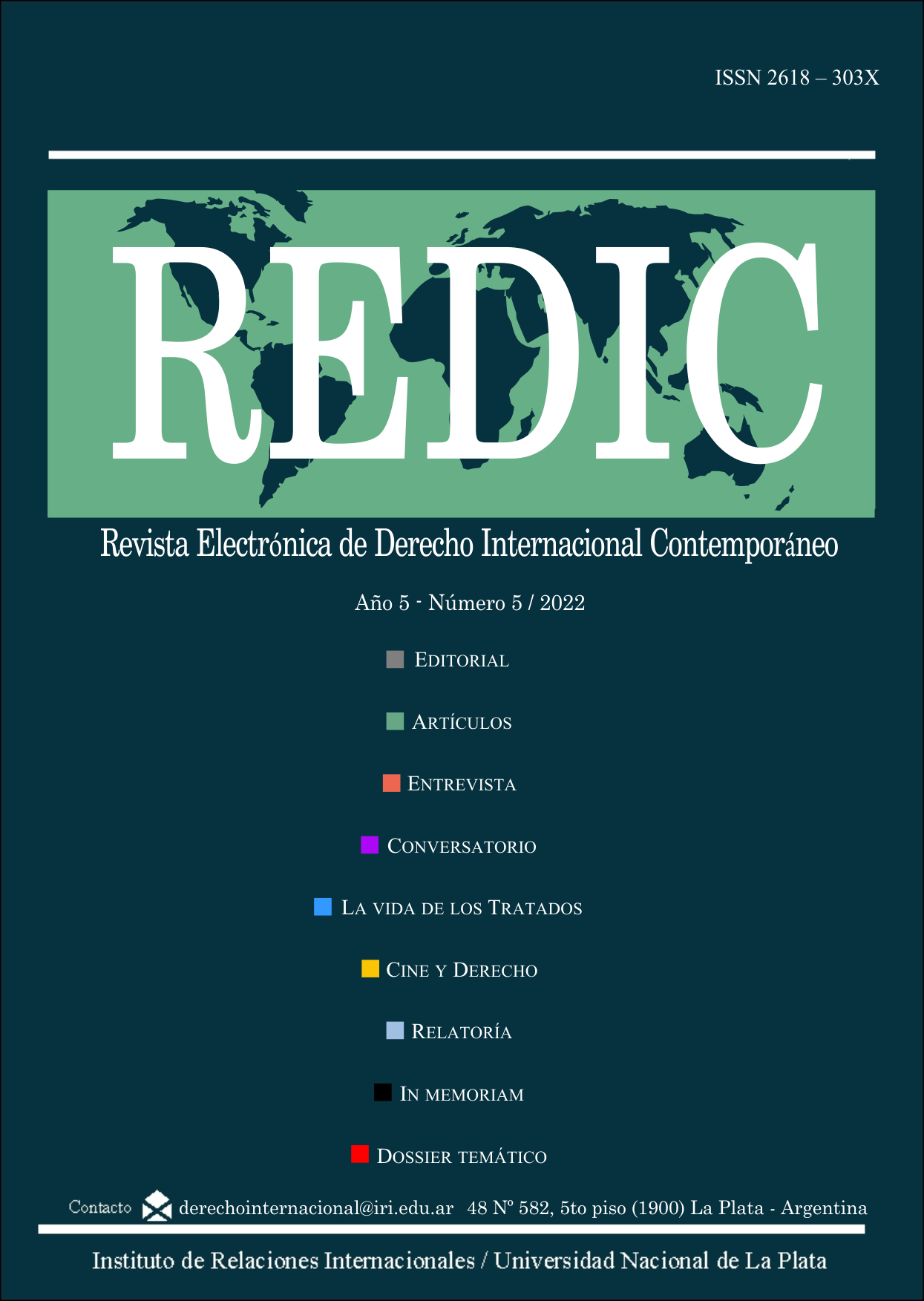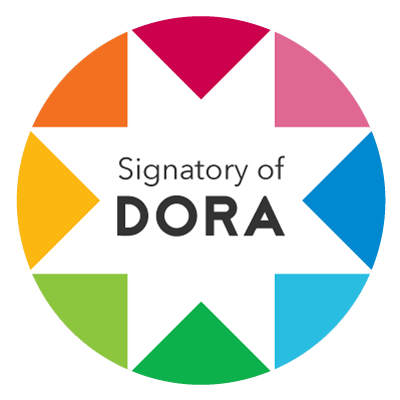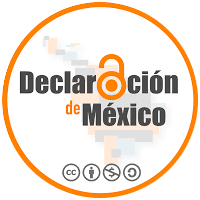“UNCLOS+40”: Governing conservation and sustainable use of marine biological diversity beyond national jurisdictions
DOI:
https://doi.org/10.24215/2618303Xe038Keywords:
UNCLOS , marine biodiversity, areas belong national jurisdictions, treaty negotiationAbstract
Forty years ago the UN Convention on the Law of the Sea was set to be signed, facing -during its final negotiation stages- political changes which affected the international scenario in the 1980s. Since that time the international law of the sea has evolved, but a marine biodiversity conservation and use framework remains to be established in areas other than state jurisdiction. Negotiations to draft a new treaty in such field have moved forward slowly and are nearing their aim; however, the tensions affecting UNCLOS’s abetting into effect four decades ago are coming back into the picture and making the necessary final agreements hard to achieve.
Downloads
References
Beesley, A. (1983). The Negotiating Strategy of UNCLOS III: Developing and Developed Countries as Partners. A Pattern for Future Multilateral International Conferences. Law and Contemporary Problems, 46, 183-194. https://scholarship.law.duke.edu/lcp/vol46/iss2/23
Gómez-Robledo Verduzco, A. (1986). El nuevo derecho del mar. Guía introductoria a la Convención de Montego Bay. Grupo Editorial Miguel Ángel Porrúa Editores.
Greenpeace (22 de agosto de 2022). UN Ocean Treaty talks set to fail because of ‘High Ambition Coalition [Comunicado de prensa]. https://www.greenpeace.org/international/press-release/55351/un-ocean-treaty-talks-set-to-fail-because-of-high-ambition-coalition/
Johnson, E. y Braverman, I. (2020). Blue Legalities. The Life & Laws of the Sea. Duke University Press.
Koers, A. (1989). The third United Nations Conference on the Law of The Sea. Some remarks on its contribution towards the making of international law. En M. Bos, Maarten y W. Heere, (Eds.), International Law and Its Sources: Liber Amicorum. Asser Institute.
Koh, T. y Jayakumar, S. (1985). The Negotiating Process of The Third United Nations Conference on The Law of the Sea. En M. Nordquist (Ed.), United Nations Convention on the Law of the Sea 1982: A Commentary, Vol. 1 (pp. 29-134). Martinus Nijhoff Publishers.
Organización Latinoamericana de Desarrollo Pesquero. (2011). Evaluación de las estrategias aplicadas por los países de la región para la lucha contra la pesca ilegal, no declarada y no reglamentada (INDNR). OLDEPESCA.
Payne, C. (2017). Biodiversity in High Seas Areas: An Integrated Legal Approach. Insights, 21 (9). https://www.asil.org/insights/volume/21/issue/9/biodiversity-high-seas-areas-integrated-legal-approach
Sorensen, M. (1973). Manual de Derecho Internacional Público. Fondo de Cultura Económica.
Tanaka, Y. (2019). The International Law of the Sea. Third Edition. University of Copenhagen.
Surasky, J. (2021). Las metas 2020 de los ODS. Un ensayo para el futuro. Cepei. https://cepei.org/documents/hlpf-2021-metas-2020-ods/
Additional Files
Published
How to Cite
Issue
Section
License
Copyright (c) 2022 Javier Leonardo Surasky

This work is licensed under a Creative Commons Attribution-NonCommercial-ShareAlike 4.0 International License.
Aquellos autores/as que tengan publicaciones con esta revista, aceptan los términos siguientes:
- Los autores/as conservarán sus derechos de autor y garantizarán a la revista el derecho de primera publicación de su obra, el cuál estará simultáneamente sujeto a la Licencia de reconocimiento de Creative Commons (BY-NC-SA) 4.0 que permite a terceros compartir la obra siempre que se indique su autor y su primera publicación esta revista, no se haga uso comercial, y si se remezcla, se transforma o se crea a partir del material, se debe distribuir bajo la misma licencia del original.
- Los autores/as podrán adoptar otros acuerdos de licencia no exclusiva de distribución de la versión de la obra publicada (p. ej.: depositarla en un archivo telemático institucional o publicarla en un volumen monográfico) siempre que se indique la publicación inicial en esta revista.
- Se permite y recomienda a los autores/as difundir su obra a través de Internet (p. ej.: en archivos telemáticos institucionales o en su página web) antes y durante el proceso de envío, lo cual puede producir intercambios interesantes y aumentar las citas de la obra publicada. (Véase El efecto del acceso abierto).





















